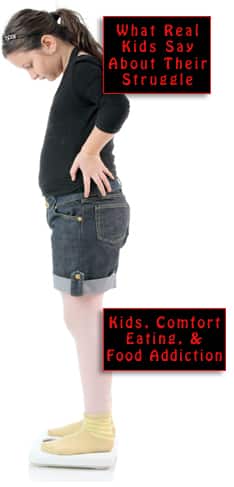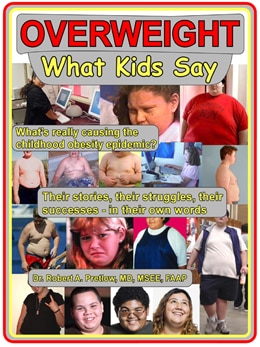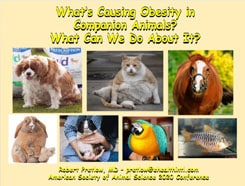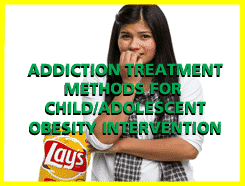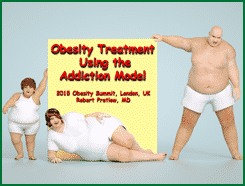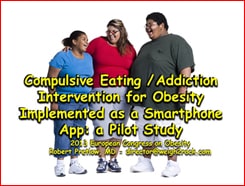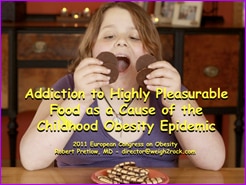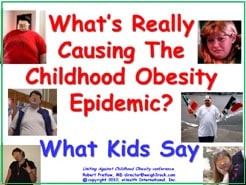A Candy Revolution?

A few years back, an ultimatum was issued to former high school valedictorian Ryan Trahan. The Texas A&M student and star athlete was told that he must either give up running and promoting his water bottle business or quit school.
But the youth was not enthralled with the idea of earning a degree only to score a corporate job, anyway. He left, to follow his own dream of creating something from nothing and building a meaningful life from the ground up.
Now 26 years old, although technically labeled with the dreaded stigma of college dropout, Trahan has founded a few businesses and become a legendary “influencer.” Unlike some noxious specimens who use social media only to aggrandize themselves and make a fast buck, he has turned his oversized personality, abundant charisma, and fertile imagination in a different direction.
This outstanding humanitarian has already piled up more philanthropic good deeds than a typical person will in a lifetime. They include almost singlehandedly fundraising $400,000 for the nonprofit Water.org and $1.38 million for the nonprofit Feeding America — all of which he accomplished simply by doing weird stuff in front of everybody.
A twist of fate
Even leaving college under duress turned out to be an altruistic, if involuntary, move. His case led to reform of the rules that had previously pushed students into choices that were not in their long-term best interest. Of the improved atmosphere Trahan says,
You’re seeing potential NFL players stay in college for their senior year because they’re able to make some money and support their family, even in college. I think it’s just amazing.
Somewhere along the way though, as occasionally happens to us all, he experienced a period of stagnation described as, “I was just failing to innovate and failing to believe in myself.” He embraced a deceptively laid-back philosophy that merely aims for a 1% improvement every day. Having learned that it is almost too easy to create a product that people will buy, he focused on creating products that people not only will buy but that will positively impact their lives.
Although Trahan resides in one of the hippest places on earth (Austin, Texas) some of his most famous works begin or end in one of the other hippest places (Venice Beach, California). Both achievement and entrepreneurial originality are itches that he needs to scratch, but fun and challenge are much more important than profit. His feeling is, “I’m OK with leaving money on the table nowadays if it means working with the right people.” He admits to being…
[…] constantly in pursuit of passionately achieving all my dreams and bringing as many people as possible to the top with me.
Impressive numbers
Through his various YouTube channels, Trahan garnered 15 million subscribers. And get this — he is also credited with creating that platform’s most wholesome community. His total YouTube oeuvre has accumulated close to a jaw-dropping three billion-with-a-B views. He is also huge on TikTok and Instagram.
The new “My last video” (a.k.a. The Last Man on Earth video) blew everybody away and inspired almost 40,000 YouTube comments. There used to be a jokey expression about how something or other “broke the Internet,” but with response numbers like that, it seems all too possible. What happened was that Trahan joined up with an established company, Joyride Sweets, as both co-owner and Chief Creative Officer. The duties of a Chief Creative Officer include inventing such dynamic slogans as…
It has a reasonable amount of sugar.
Yes, the people who reap attention nowadays are totally capable of mocking not only themselves but their entire industry. Aside from that, the product includes no artificial coloring agents. Other pitches include, “Let’s change the way the world eats candy” and “We don’t use fake anything.” Within YouTube and TikTok, a whole sub-genre has arisen, of videos in which people review and rate the four varieties of Joyride Sour Strips.
It’s kind of fun to imagine… What if someone did manage to convert 15 million kids to low-sugar organic sweets? What else could happen? In this tired old world, what other revolutions might be possible?
Your responses and feedback are welcome!
Source: “Ryan Trahan’s Journey From College Dropout to 6.8 Million YouTube Subscribers,” Shopify.com, 03/23/22
Source: “Penny Series — 2022,” YouTube.com, 2022
Source: “My last video,” YouTube.com, March 2024
Image: Ryan Trahan on YouTube










 FAQs and Media Requests:
FAQs and Media Requests: 